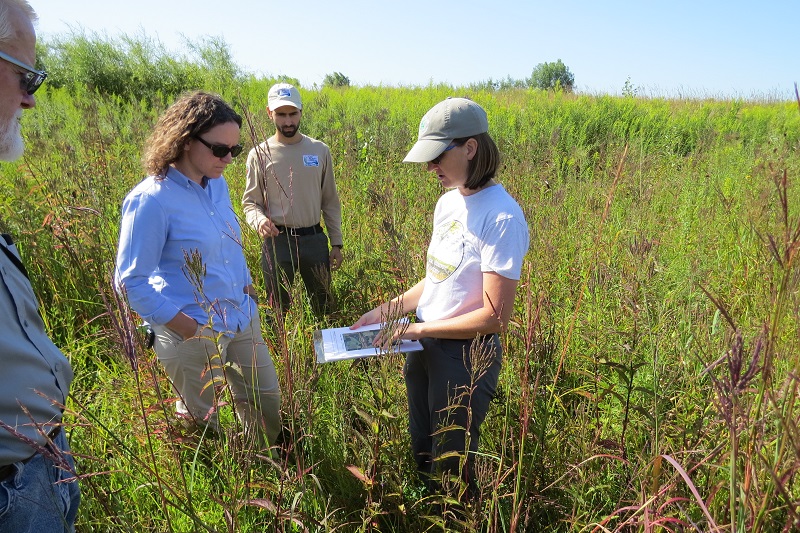Do not bathe or wash clothes. Do not cook with tap water. Definitely, do not drink the water.
These were our directives in August 2014 after a perfect storm of nutrient pollution, soaring temperatures and swirling winds led to a poisonous algal bloom in Lake Erie that contaminated our local water intake.
But Lake Erie was in trouble long before that. Decades of pollution and lax water quality management practices have plunged our lakes and rivers into crisis. “It will take a dedicated, long-term commitment to achieve real solutions to protect Ohio’s water,” said Ohio Governor Mike DeWine in his March 2019 State of the State address.
Nine days later in Toledo, Gov. DeWine outlined his H2Ohio water quality initiative, intended for inclusion in the 2020-2021 budget, saying “We cannot continue to lurch from water crisis to water crisis.” This proposal would create a special H2Ohio Fund that would amount to approximately $900 million dedicated water quality improvement throughout Ohio over the next 10 years.
Black Swamp Conservancy has been at the table on this initiative since early in its development, and in April we were invited to join conservation leaders from around the state in Columbus where we met with Gov. DeWine, Lt. Gov. Husted, the Directors of Agriculture, EPA and Department of Natural Resources, and the Lake Erie Commission to discuss the H2Ohio initiative and ways that we can work together to improve Ohio’s important waters.
From the Governor’s official website:
H2Ohio funding would be used for water programs across the state, including for Lake Erie and other rivers, lakes, and waterways in Ohio, for efforts such as:
- Prevention and land-based management programs, such as funding efforts to minimize the introduction of nutrients and other runoff into Ohio waterways, additional staffing at soil and water conservation districts, and more aggressive action to address failing septic systems and other water treatment needs across Ohio.
- Water-based restoration programs, such as the creation of more wetlands in targeted areas to naturally filter out nutrients and sediment and utilizing emerging technologies to minimize water quality problems and treat polluted water.
- Science, research, and measurement, such as supporting ongoing research and data collection to advise on metrics and measurable goals, and to stay updated on and utilize new prevention and treatment technologies.
Several Ohio agencies, including the Ohio Department of Natural Resources (ODNR), the Ohio Environmental Protection Agency and the Ohio Department of Agriculture, have partnered to leverage existing programs, expertise, staff and oversight to improve successful outcomes.
“We’re excited for all the possibilities created by this budget to strengthen and improve the future of Ohio’s invaluable natural resources,” said ODNR Director Mary Mertz. “This is a great opportunity to serve our constituents, and I’m grateful to Governor DeWine and Ohio’s elected representatives for their vote of confidence in this agency.”
ODNR’s H2Ohio program funding will help the agency complete important coastal and interior wetland projects that filter water flowing into Lake Erie and other waterways and establish new habitats that will protect and promote Ohio’s flora and fauna.
Black Swamp Conservancy has submitted six shovel-ready projects for funding consideration, and just last week, we hosted ODNR staff on a tour of some of the sites we’ve proposed. The agency expects to make funding decisions in mid-September.


